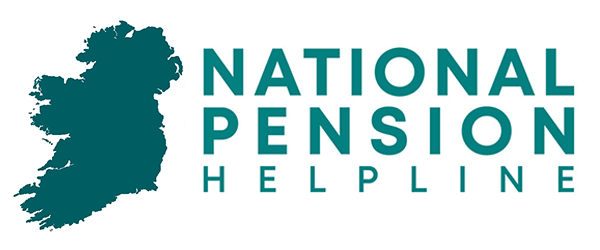Most pension advice is aimed at people in the midst of their careers, and there’s an assumption that once you retire, things just take care of themselves.
But your pension journey doesn’t end with retirement – there are still some important things to consider after you clock out for the final time, including:
However, you’ll be pleased to know that the hard work is done. Now it’s all about simple financial planning to ensure you and your family make the most out of your pension savings.
This guide provides tips and advice for retirees, beginning with 3 key considerations for pension management during retirement.
Key Considerations for Retirees
Best Pension Funds for Retirees
There are hundreds of funds available, but in retirement, you should be looking to preserve capital over aiming for growth. Lower risk pension funds are recommended for retirees, so let’s have a look at the performance of some of the most popular funds for those who are retired.
How to Withdraw your Pension
Most people take a tax-free lump sum of 25% of the value of their pension when they retire, transferring the rest of their savings to an ARF.
With an ARF, many pension providers allow you to make withdrawals every month, every 3 months, every 6 months or every year.
So how do you actually withdraw your money?
You simply contact your pension provider and tell them how much you want, and when you want it. These funds are then transferred to your bank account after taxes are deducted.
Before you do this, you’ll need to decide how much you want to withdraw by taking taxes and inheritance planning into consideration.
Note: Some people decide to purchase an annuity instead, guaranteeing a set income for life, which eliminates the need for pension management.
How much should you withdraw?
After taking your lump sum, your remaining pension pot must last you for the rest of your life. As your fund is likely to have minimal growth, you must plan carefully to avoid running out of money before.
How much you should withdraw will depend on your finances, the value of your pension, whether you get the State Pension, your family circumstances, and your lifestyle.
Let’s look at how your pension would look with different withdrawal percentages, starting with the minimum withdrawal of 4% per year.
Managing Taxes on Pensions in Ireland
Taxes on pensions in Ireland can vary depending on your age and the type of pension(s) you have.
It can be a minefield – so here are some of the key points for you to bear in mind.
Using Your Pension for Tax-efficient Estate Planning
Unlike with annuities, the remaining funds in your ARF can be passed on to your spouse, your children, or another beneficiary.
Be aware that taxes vary depending on your relationship to the beneficiary, and plan accordingly.
Here are the main points to consider when you are planning your will:
These considerations come into play especially for those with a large estate. The 30% flat rate on pension inheritance is 3% lower than the CAT other inherited assets.
This is an efficient way to pass on large inheritances, and pension inheritance does not affect your CAT threshold. Other future tax-free inheritances are therefore unaffected.
The Next Steps
It’s time to enjoy the benefits of your long working career – and simple pension management is all about making the most of your hard-earned savings.
Tax and inheritance rules can be confusing as they can vary widely depending on your specific personal situation.
Speaking to a financial advisor about your annual withdrawals, tax burden and inheritance planning can give you peace of mind that you are managing your pension savings efficiently.
All that’s left to do then is relax and enjoy retirement.

